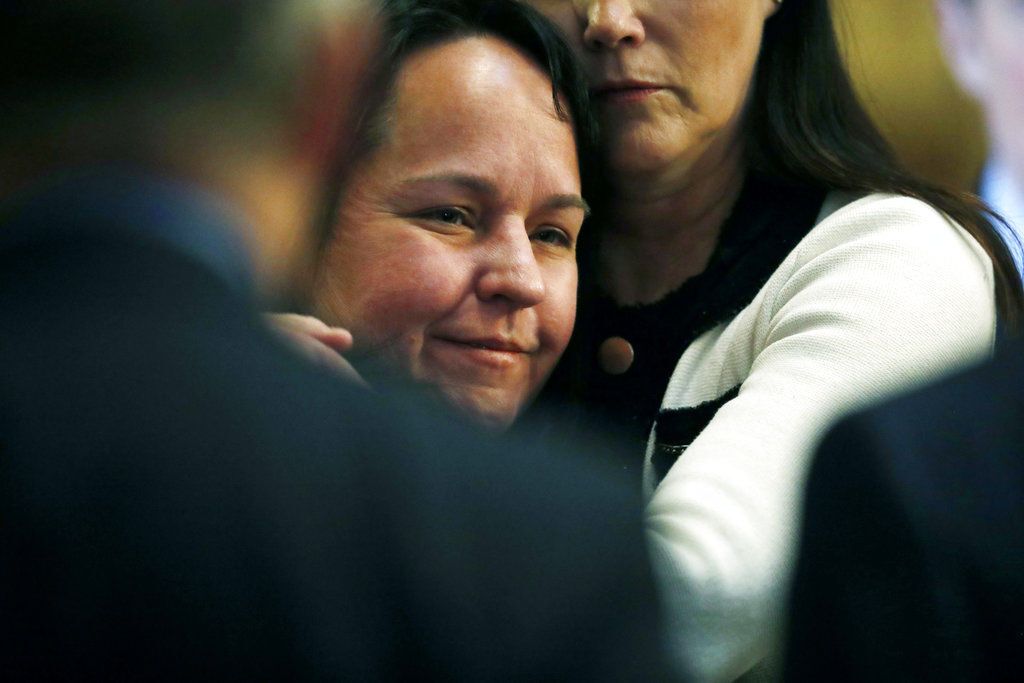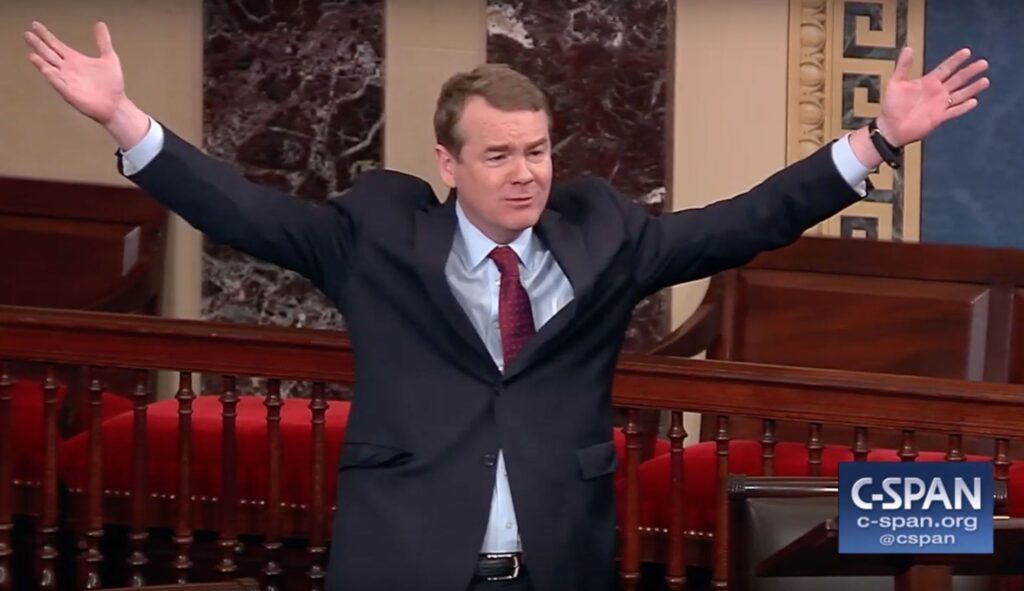Are teachers unions facing a grim future? Colorado’s membership is declining
Following an apparent trend nationwide, the Colorado Education Association’s membership declined again last year compared with the year before and dropped even more markedly since five years earlier.
According to numbers obtained by longtime union watchdog and critic Mike Antonucci – whose Education Intelligence Service is a go-to source for union data across the country – Colorado’s largest teachers union lost just under 1 percent of its active membership from the 2014-15 to 2015-16 school years (the latest data Antonucci has available). More alarming for the union is it has lost nearly 8 percent of its active membership since the 2010-11 school year. That leaves the CEA with an active membership roster of 32,674 – paradoxically in a state whose school enrollment and overall population have been surging for decades.
If that’s the wave of the future, it calls into question the long-term clout of one of the heaviest hitters in Colorado politics. The union is a major source of support – financial and otherwise – for Democratic candidates in Colorado legislative and statewide races.
At the same time, though, Colorado’s union can’t come close to matching the woes of its counterparts in some other states. The North Carolina affiliate of the National Education Association, for instance, lost nearly 50 percent of its active membership in the same five-year period, and Wisconsin lost a devastating 60 percent.
The national association itself lost a net 8,063 members after accounting for and culling out retiree and student members as well as the members added from the merger of the NEA’s rolls with the American Federation of Teachers. Concludes Antonucci: “…its active membership numbers are lower than they were 20 years ago …”
What’s behind the trend? A lot of factors, and they vary from state to state. In the case of Wisconsin, it was an act of the state government, which barred the deduction of “agency fees” in lieu of union dues from the paychecks of public schoolteachers who choose not to join the union. The fees are collected on the premise that all teachers benefit from the collective bargaining agreements negotiated by the unions, so even non-union members should pay the piper. But not anymore in the Badger State.
Agency fees are also the subject of a pending Supreme Court challenge in a case from California, Friedrichs v. California Teachers Association.
Colorado school districts also collect agency fees but, depending on the district and collective-bargaining agreement in place, generally let non-union teachers file for a reimbursement.
The challenge for any union that can’t piggyback on payroll administrators to withhold the fees from employees’ paychecks is that plenty of employees don’t actually want to pay them in the first place and won’t do so without being compelled to do so.
As Antonucci concluded on his own blog:
The National Education Association may soon find itself in a world where it has to recruit and enlist every one of its new members. It does not seem well-suited to the task …
We’ve reached out to the Colorado Education Association for more perspective on its membership and will update accordingly when we hear back from the union.











